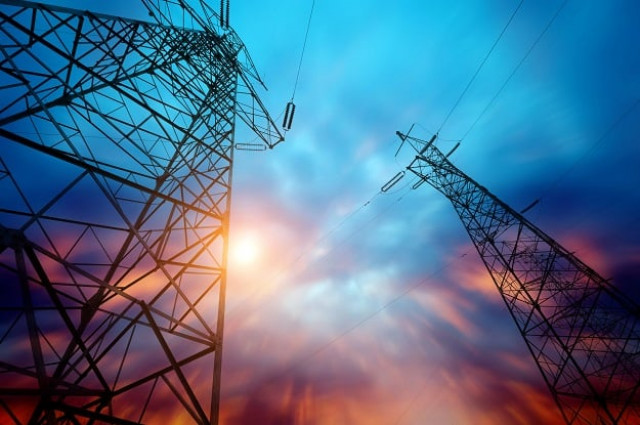
Jamshoro Power Company, Central Power Generation Company and Northern Power Generation Company recorded “an energy loss of around 777 million kilowatt-hours... [which] translates into a financial loss of about Rs11.69 billion to the national exchequer,” said the National Electric Power Regulatory Authority (Nepra) in its Performance Evaluation Report on Gencos for 2012, 2013 and 2014.
Some Pakistani power firms stuck in slow lane on China's Silk Road
Certain gas-based power stations such as Gas Turbine Power Station (GTPS) Kotri, GTPS Faisalabad and SPS [Steam Power Station] Faisalabad remained on standby mode for most part of 2012, 2013 and 2014, thereby squandering the potential to generate a significant amount of economically efficient energy.
On top of that, the units/machines of Jamshoro, Central and Northern power companies drew around 763 million kilowatt-hours (kWh) energy during the standby mode..., “resulting in financial loss of around Rs6.04 billion to the national exchequer,” the report said.
According to Nepra, few units of TPS Jamshoro, TPS Guddu and TPS Muzaffargarh violated the limit of “planned and unplanned outages as specified in their power purchase agreements signed with the National Transmission and Despatch Company”.
“Had this limit not been exceeded by the power stations, they could have been available for more amount of time for generating power,” it said.
It said most of the power companies were not available for power generation during the three years.
“Genco’s [data] reflects that their availability factor, on average during the three years, remained very low for some of the power stations such as TPS Jamshoro, TPS Guddu and Lakhra power station. The latter, in particular, showed the worst result and remained available only for 39% of the period,” it said.
It has been observed that actual energy production during the period under review remained quite low mostly for gas-based power stations such as GTPS Kotri, GTPS Faisalabad and SPS Faisalabad, implying that most of the time, these stations remained on standby mode or planned/unplanned outage mode.
The power generation potential for some of the power stations of Gencos remained very low, implying lack of maintenance. This also shows the unreliability of power generation and unpredictability of power stations.
“Furnace oil-based TPS Jamshoro and TPS Muzaffargarh remained the most expensive power stations among all public sector Gencos as the CPPA-G procured energy from them at Rs19.7 and Rs19.1 per unit respectively during the years 2012, 2013 and 2014.”
On the contrary, gas-based GTPS Faisalabad and TPS Guddu were the most cost-effective power stations as the CPPA-G purchased energy from them at Rs5.3 and Rs5.9 per unit respectively.
Beijing interested in Pakistan’s development, not profits: Chinese power boss
“This indicates that gas-based power stations contributed economical energy from 2012 to 2014, but their units were mostly put on standby mode, due to which the energy was procured by CPPA-G from oil-based expensive power stations,” the report said.
Published in The Express Tribune, April 13th, 2017.
Like Business on Facebook, follow @TribuneBiz on Twitter to stay informed and join in the conversation.

















COMMENTS
Comments are moderated and generally will be posted if they are on-topic and not abusive.
For more information, please see our Comments FAQ